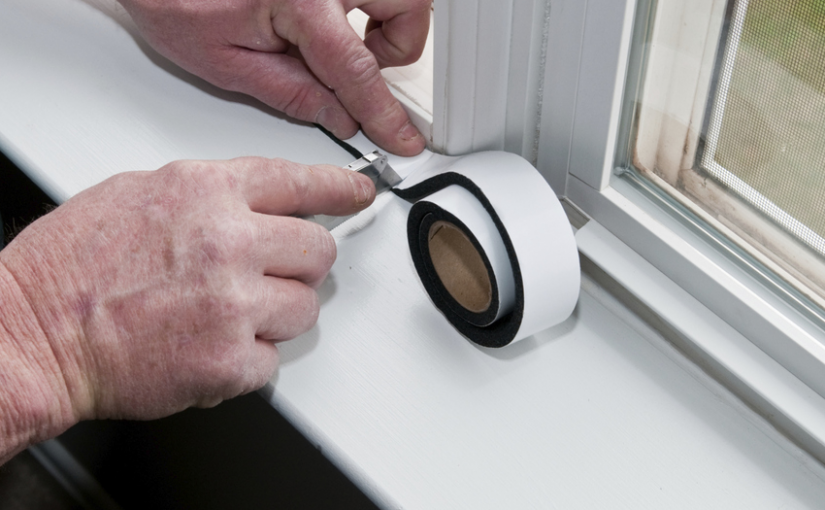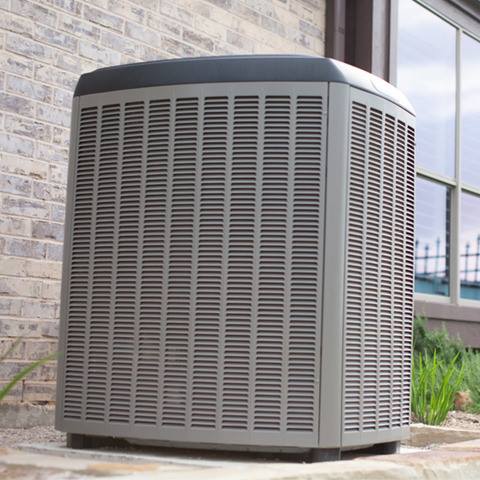If winter wasn’t here before, it’s knocked on the door a time or two in the last couple weeks. Last month, we gave you a posting about tips for energy efficiency this winter. We’re going to go over some this month, as well. You want your home to be warm and toasty, right? Of course you do. Here are a few tricks to make sure that your heating bill doesn’t grow this winter. Some of these tricks you might know, but there might be one you don’t.
Outside
Just like you wouldn’t ignore problems inside, don’t pass by any problem areas around the outside of your home. Here are a few things you might consider checking:
Insulate the roof. It certainly isn’t the first thing most would think about, but insulating your roof is a cost-effective way to keep heat from escaping and letting the cold air come inside. It’s kind of like a stocking cap for your house. This can range from as simple as making sure the insulation in your attic looks good (and fixing it where it’s not), to as in depth as adding a “radiant barrier” (the stuff that looks a little bit like tin foil) underneath for added protection.
Check your siding. While you can’t insulate your existing siding, it’s more about the builder purchasing siding with good insulation. What you can do is check for problem areas, such as rotten areas on wood siding, cracks where that precious warmth you’re paying for might be escaping, or even caulking that’s shrunken or cracked over time.
Assess windows and doors. I’ve mentioned this before, but it is super easy and important. All you need to do is buy a can of caulk to close any cracks or holes in door and window frames (be sure to check on the outside and inside), and use weather stripping tape on more severe areas. Change your screens if you have storm windows.
Clean the gutters. Cleaning the debris out of your gutters will help prevent roof damage.
Check the chimney. If you have a working chimney, this is a big one. Creosote, a flammable substance, can build up in the chimney above a wood-burning fire. So be sure to have the chimney cleaned!
Inside
So, you’ve checked the outside of the house. Still having problems? Just want to be sure you don’t lose any heat? Keep reading for a few tricks to make sure the inside of your home doesn’t aid in the loss of heat (or the general increase in your energy bill.
Hang curtains. If you notice a draft inside, and you’ve already caulked the seals around your windows and doors, you can always hang heavy curtains to help trap the heat.
Change the filters in your HVAC system. This is one of the easiest and most important indoor tips. You should have the HVAC filter changed once a month during heavy-use periods (like winter) and once a season, otherwise. A yearly checkup on the whole system is also encouraged.





